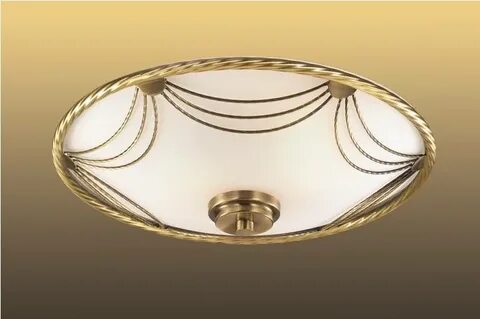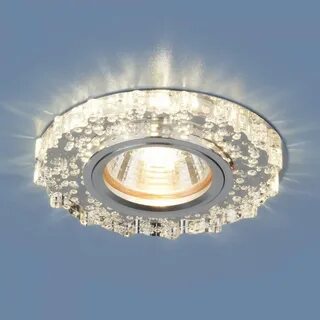
Let’s first understand what spectrum means.
The spectrum is an LED lights the kenya band, which was separated by a dispersion device (such as gratings or prisms) to create monochromatic light and it is then arranged according to wavelength.
The spectrum of sunlight
Prior to the advent of artificial light sources, sunlight did not just provide illumination and energy to earth, but also regulated human physiological rhythms and had a profound impact on human psychology and biology.
The sun is the natural, healthy light we’re used to. Below are a variety of spectral comparison charts.
It’s more comfortable for the eyes and less harmful than LED lights with a standard spectrum.
There are two major differences:
1.Low blue light
Blue light is a well-known risk to electronic devices. Lamps and lanterns also cause blue light dangers.
1) It will cause visual fatigue, which can affect the efficiency of learning and performance;
2.) The eye tissue can be damaged and cause macular degeneration and cataracts;
3) It affects the secretion of melatonin that can lead to a reduction in sleep quality and even insomnia;
The short-wavelength blue light component of the full spectrum is relatively low. It is important to note here The lower the temperature of the color is, the lower the blue light value. The majority of home settings are 3000k-4000k. You can select 3000k or 3500k when you’re in the bedroom to reduce the intake of blue light before going to bed.
Color rendering:
The human eye is in a position to determine the exact color of an object when the lamp’s color rendering index is not high. Full spectrum lamps have a high index of color rendering and will better recreate true colors.
3) Effect on the human body’s rest and work
Melatonin releases from the brain in the hours between 9 or 10 p.m., according to the biological clock of the human body.
Blue light may inhibit the Melatonin production by the pineal gland in the human brain. Sleep problems can result from prolonged exposure. Full spectrum may help to reduce this situation.
We suggest you to get some full spectrum lamps from [Lujia liangpin]. Ceiling lamps that have full-spectrum light in various sizes and styles can be used in living rooms or bedrooms.
1) Full Spectrum Cookie Ceiling Light
Beautiful shape, comfy lighting, the first option for bedroom lighting. the view from above is similar to seeing cookies, and when paired with soft and comfortable lighting, it’s beneficial.
Full Spectrum Ceiling Lighting for the Cheese Cube
The design is inspired by cheese and the soft and adorable shape is ideal for bedrooms. Bedrooms require a high level of for light.
Full spectrum dimming is supported. Night mode is useful for those who want to watch movies in the bedroom in the evening.

It’s one that everyone, big and small, will love.
The ceiling light is made of pebbles.
Simple shape, sufficient brightness, ideal for living room installation; and equipped with stepless dimming and a smart control system, it’s more practical.
This type of ceiling lamp is ideal in homes with white walls that are large or with light apricot-colored wall paint.
As people’s demand for light increases, it’s believed that full-spectrum lamps will be more and more popular in the future as they help to safeguard the safety of lighting at home.
The method by which LED lights in Kenya emit light is usually:
Blue Light Chip + Phosphor
Purple Chip + Phosphor
Any method for generating light is used, it’s possible to emit an “full spectrum” in a “relative sense”. The so-called full spectrum is based on sunlight, and also other artificial light sources. must be as close as possible to sunlight.
The people who purchase full-spectrum lamps simply to achieve high CRI, low blue light or other photobiological effects.
The reality may not be as you imagined.
Invisible light and visible light:
Sunlight is visible in seven different shades: yellow, orange green, blue, and violet. If it is concentrated, it transforms into white light. The light that is invisible outside the red light range is infrared, and is visible between 760nm and 5300nm.
If: Ultraviolet rays certainly have many benefits however, what are the consequences from excessive ultraviolet radiation?
Talk to your mom. Talk to your mom. Then, the dosage control is referred to as the first task.
The photo below shows the spectrum of sunlight measured at 6 pm. The tolerance for color is 0.63SDCM. CRI Ra is 98.9 and R9 is 99.
The measurement data could have certain errors due to conditions in the environment.
Blu-ray:
The peak of blue light has a significant correlation with the color temperature. Even if it’s sun, there is a huge difference between the blue light measurement in the afternoon and morning and evening measurements.
We don’t consider looking at blue light as a whole when we purchase LED lamps. Instead, we are looking at the peak of short-wave light (wavelengths lower than 455nm).
The image below shows an LED bulb that has been exposed to an illuminating white light that is positive. Please note that the color rendering index is Ra84.5 and R9 is 12.
Thus, whether it’s full-spectrum LED or sunlight LED lamps the temperature of the light source determines the peak of blue light to a great extent.
To sum up:

Theoretically, LEDs with full spectrum lights from Kenya would be more color-realistic. index.
If you’re keen on studying photobiology, think about the amount of invisible light. Otherwise, the gains will outweigh the losses.
For your home, you should try to pick lamps that have a low color temperature and RG0 certification, with the highest color temperature not over RG1.
Full spectrum LED lamps areprobably in a gimmick stage (no evidence available, just speculation). But neither does the price



